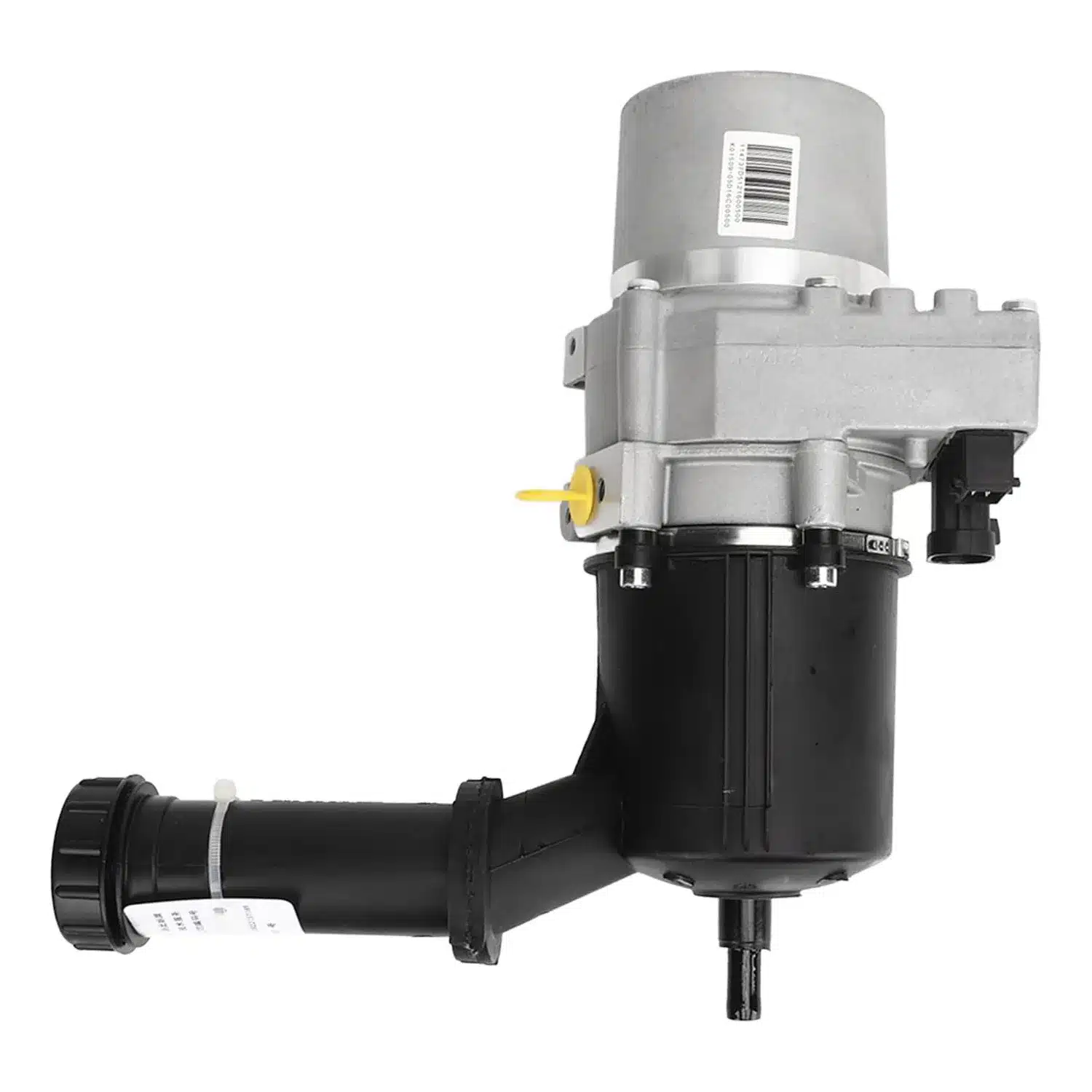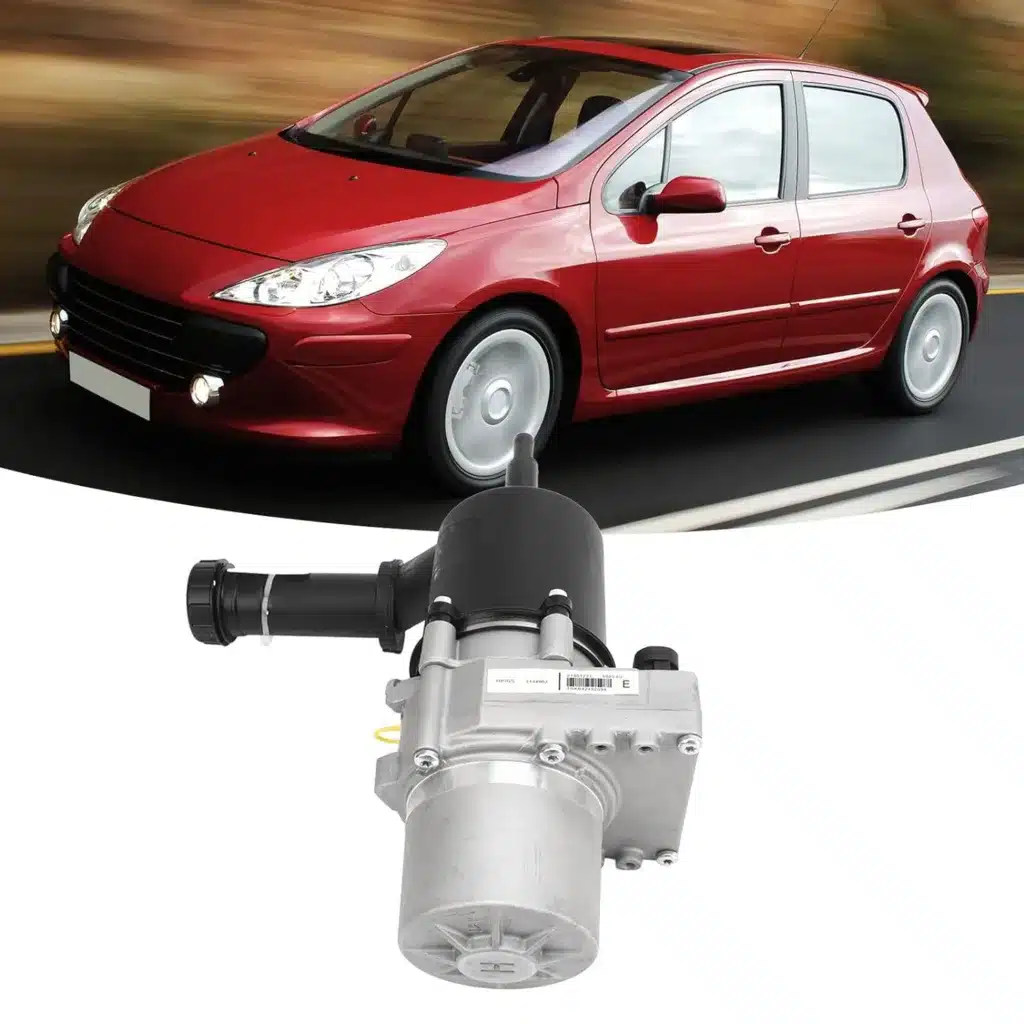Last Updated on 2025-06-24 by Car Parts Expert
The electric power steering system (EPS) uses a series of sophisticated mechanisms and algorithms to achieve intelligent adjustment of the power assist to provide the best driving experience and safety. The following are the main ways and mechanisms for EPS to achieve power assist adjustment:
1. Basic mechanism of power assist adjustment
The power assist adjustment of EPS mainly relies on the coordinated work of the electronic control unit (ECU), sensors and motors. Specifically, the sensor is responsible for monitoring the driver’s steering input and vehicle status. The ECU calculates the required power assist based on these input information and achieves precise adjustment of the power assist by controlling the output of the motor.
2. Specific ways of power assist adjustment
2.1 Adjustment based on vehicle speed
The EPS system can automatically adjust the power assist according to the vehicle speed. When driving at low speeds, in order to reduce the steering burden of the driver, the ECU will control the motor to output a larger power assist torque to make the steering lighter and more flexible. When driving at high speeds, in order to maintain the stability and safety of the vehicle, the ECU will reduce the power assist torque output to prevent the driver from losing control of the vehicle due to excessive power assist.
2.2 Adjustment based on steering angle and speed
In addition to vehicle speed, the EPS system also adjusts the power assist according to the steering angle and speed. When the driver turns the steering wheel quickly and significantly, the system will increase the power assist output to assist the driver to complete the steering operation more quickly. On the contrary, during slow and small steering, the power output will be reduced accordingly.
2.3 Personalized settings and driving mode selection
Some high-end models also provide personalized power setting options and different driving modes (such as comfort, standard, sport, etc.). Drivers can personalize the power characteristics through the vehicle system according to their driving habits and preferences. At the same time, different driving modes will also affect the power size by changing the control strategy of the ECU. For example, the power in sports mode may be more direct and sharp, while it is softer in comfort mode.
3.Key technologies for power adjustment
3.1 Sensor technology
The EPS system relies on a variety of sensors to monitor the driver’s steering input and vehicle status. These sensors include torque sensors, vehicle speed sensors, steering angle sensors, etc. They can transmit the monitored data to the ECU in real time to provide accurate data support for power adjustment.
3.2 Electronic Control Unit (ECU)
The ECU is the core component of the EPS system. It is responsible for receiving data from the sensor and calculating the required power size according to the preset algorithm and control strategy. The ECU also has the ability to self-learn and optimize, and can make adaptive adjustments based on the driver’s driving habits and vehicle usage to provide a more personalized power experience.
3.3 Motor Technology
The motors used in EPS systems are usually characterized by high efficiency, low noise, and low vibration. They can accurately output the required power torque according to the control instructions of the ECU, achieving rapid response and precise adjustment of the power.


4.Advantages of Power Assist Adjustment
The power assist adjustment mechanism of the EPS system has many advantages. First, it can adjust the power assist in real time according to the driver’s steering input and vehicle status, providing a more natural and smooth steering experience. Second, personalized power assist settings and driving mode selection can meet the preferences and needs of different drivers, improving driving comfort and safety. Finally, the power assist adjustment mechanism of the EPS system also helps to improve the fuel economy and environmental performance of the vehicle, and reduce unnecessary energy consumption and emissions.
5.EPS
The electric power steering system realizes intelligent adjustment of the power assist by integrating key technologies such as sensors, electronic control units, and motors. This adjustment mechanism can automatically adjust the power assist according to factors such as vehicle speed, steering angle, and speed, providing a more natural and smooth steering experience. At the same time, personalized power assist settings and driving mode selection also provide drivers with more choices and convenience. With the continuous advancement of technology and innovative development, we have reason to believe that the EPS system’s power assistance adjustment mechanism will be more perfect and optimized, bringing drivers a more excellent driving experience.








